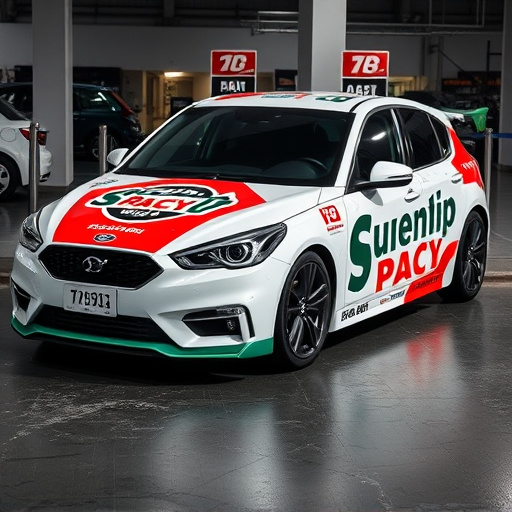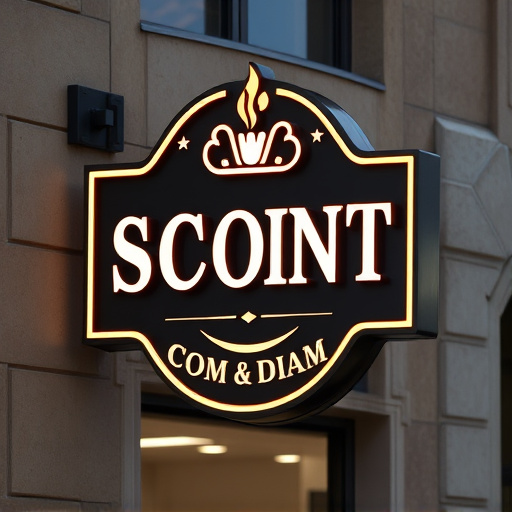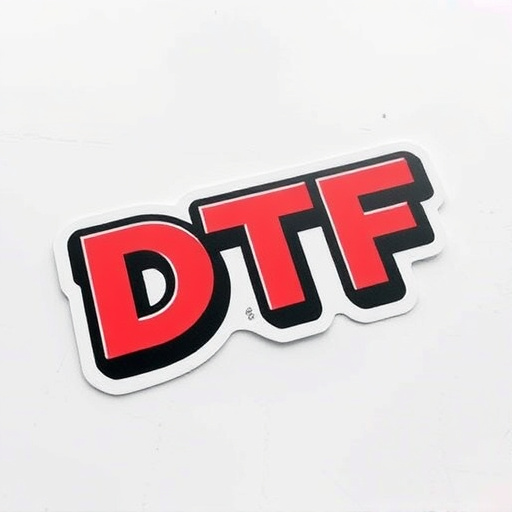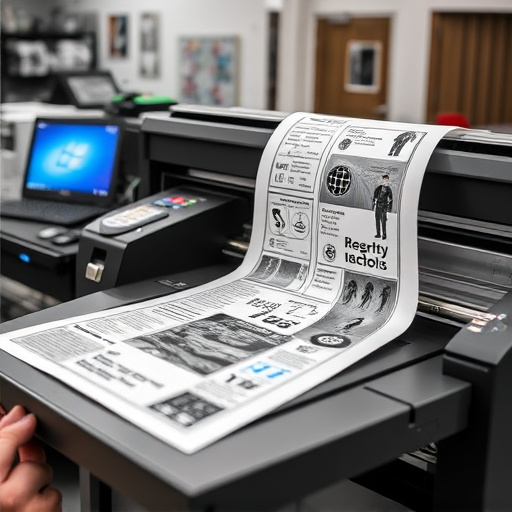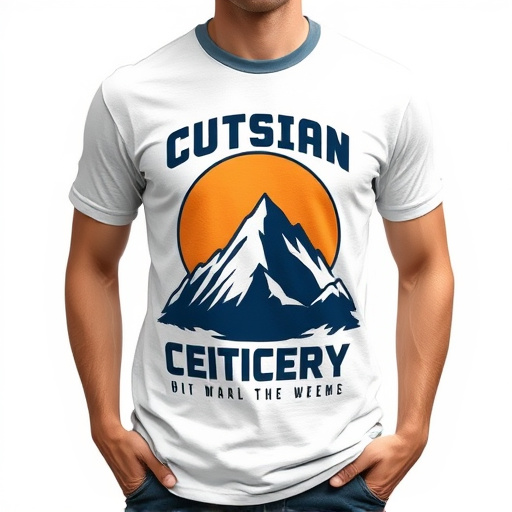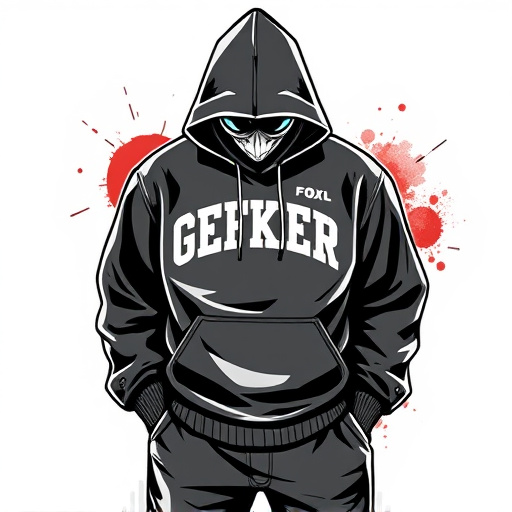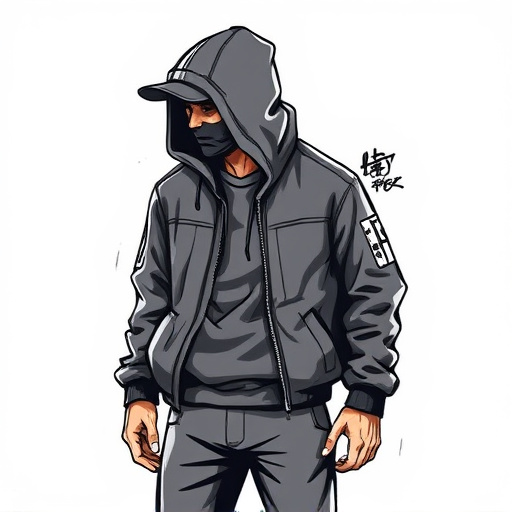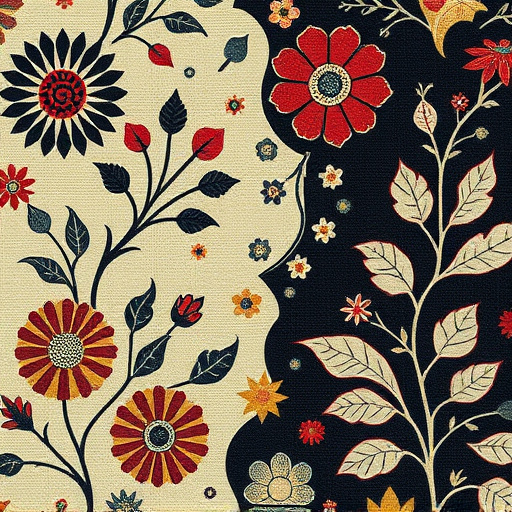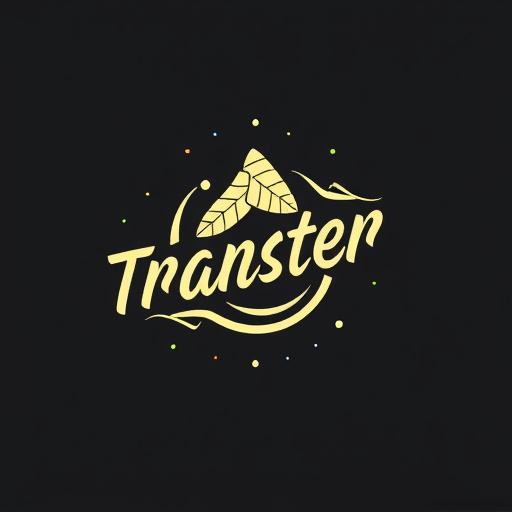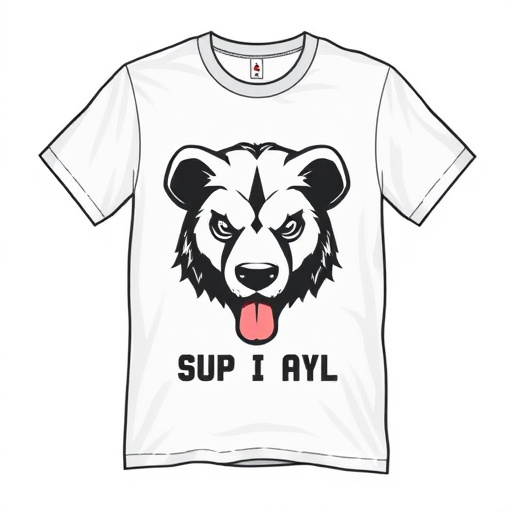DTF Custom Orders transform apparel production by offering designers and businesses a unique, personalized approach using Direct-to-Fabric Transfer printing. This method provides high-quality prints, vibrant colors, and complex patterns for one-of-a-kind garments. Companies benefit from enhanced productivity, shorter lead times, flexibility, cost savings, and creative freedom in a competitive market. Success requires strategic planning, including stocking essential materials, managing inventory, clear client communication, realistic expectations management, and robust post-order strategies to ensure customer satisfaction and repeat business.
Before accepting DTF (Design, Turnaround, and Fulfillment) custom orders, there’s crucial knowledge to gain. This article guides you through understanding DTF Custom Orders—their definition, benefits, and unique aspects. We’ll walk you through preparing for the order process, from key considerations to managing expectations. Learn post-order strategies that ensure customer satisfaction, enhancing your ability to deliver exceptional results. Get ready to optimize your DTF custom orders effectively.
- Understanding DTF Custom Orders: Definition and Benefits
- Preparing for the Order Process: Key Considerations
- Managing Expectations: Post-Order Strategies and Customer Satisfaction
Understanding DTF Custom Orders: Definition and Benefits

Understanding DTF Custom Orders: Definition and Benefits
DTF Custom Orders represent a dynamic approach to apparel production, allowing businesses and designers to create unique, personalized pieces with ease. DTF, or Direct-to-Fabric Transfer, is a printing method that directly applies designs onto fabric without the need for intermediate steps. This technique offers several advantages, including high-quality prints, vibrant colors, and the ability to produce complex, detailed patterns. For apparel, DTF custom transfers can be particularly beneficial as they enable the creation of one-of-a-kind garments, catering to individual customer preferences.
By embracing DTF for Apparel, businesses can enjoy enhanced productivity, reduced lead times, and increased flexibility in their production processes. Custom dtf orders streamline the design-to-production cycle, making it an attractive option for small batch runs or unique, niche products. This method is not only cost-effective but also opens up creative possibilities, ensuring that each piece stands out in a competitive market.
Preparing for the Order Process: Key Considerations

Preparing for the order process when accepting DTF (Direct to Fabric) custom orders involves several key considerations. Firstly, understand that DTF transfers are a specialized printing method designed for t-shirts and other textiles, offering vibrant colors and crisp details. This technique requires specific equipment and expertise, so ensure your team is well-versed in dtf printing for t-shirts to deliver high-quality results.
Additionally, anticipate the materials needed—high-quality fabric, transfer paper, inks, and a press or heat press machine. Consider lead times and whether you have the capacity to handle rush orders. Efficient inventory management is crucial; keep an eye on ink levels and ensure quick turnaround times for future growth. Lastly, communicate clearly with clients about expectations, pricing, and potential delays to set realistic goals and maintain client satisfaction.
Managing Expectations: Post-Order Strategies and Customer Satisfaction

When accepting DTF Custom Orders, managing expectations is paramount to ensuring customer satisfaction post-order. It’s crucial to clearly communicate lead times, potential delays, and the overall production process with your clients. Transparency builds trust and aligns their expectations with reality. For instance, inform them about the time required for design approval, material sourcing, and quality control checks, especially if they request complex or intricate DTF printing or dtf transfers.
After fulfilling the order, follow-up strategies can significantly impact customer satisfaction. Promptly address any concerns or queries that arise post-delivery. This could involve offering easy return policies, providing care instructions for custom DTF transfers on various materials, or simply asking for feedback to continuously improve your services. Remember, satisfied customers are more likely to place repeat orders and advocate for your business, fostering long-term relationships.
When considering DTF Custom Orders, understanding the process and managing expectations are key. By preparing thoroughly, communicating openly with clients, and implementing effective post-order strategies, you can ensure customer satisfaction and harness the full benefits of this flexible business model. Remember, successful execution of DTF Custom Orders requires a balance between adaptability and professionalism, ultimately fostering strong client relationships.

